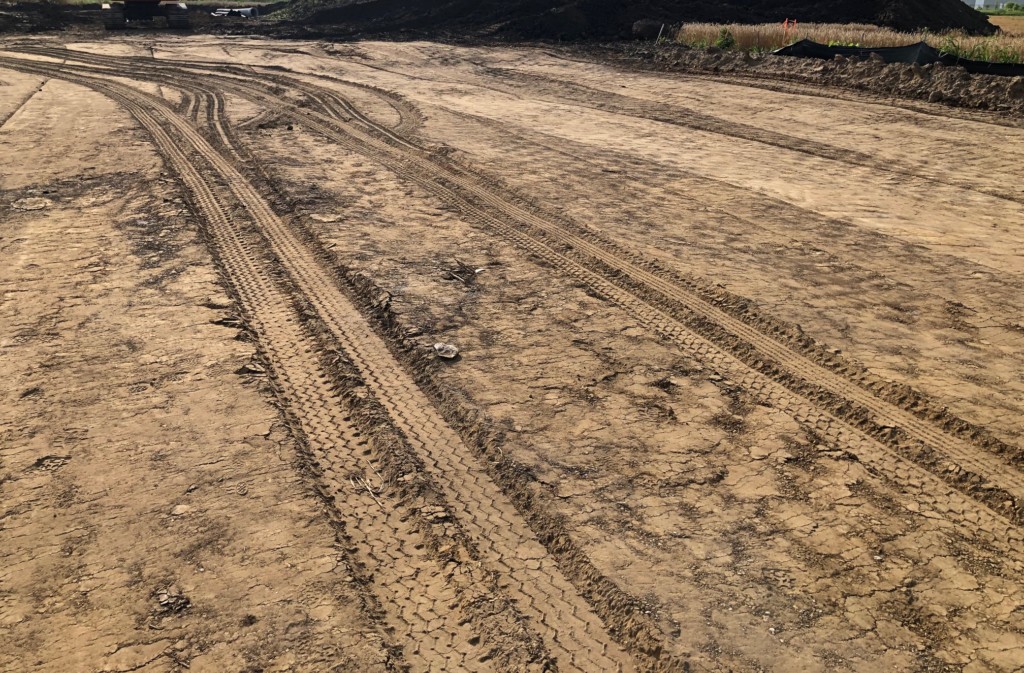
Unfortunately, the nuclear density gauge does not magically know whether the soils are passing or failing by sticking a rod in the ground as some may believe. There is some prior work that needs to be done in order to make the magic happen. My goal here is to explain the very basics of how a nuclear density testing works in Layman’s Terms.
Before the Testing Begins
Before the testing can begin, the testing representative must collect a proctor sample of the proposed material to be tested. The proctor sample will be taken back to the lab for proctor testing. There is two types of proctor test methods, Standard (ASTM D698) and Modified (ASTM D1557). The required test method will usually be determined in the project documents or geotechnical engineering report. The proctor test will essentially tell the nuclear density testing representative what the maximum dry density (PCF) and optimum moisture content of the proposed material to be tested.
Let the Testing Begin
Once the proctor testing is complete, the testing representative will receive the maximum dry weight in pounds per cubic foot (Dry Density) and the optimum moisture content. The testing representative will then input the maximum dry density value into the nuclear density gauge. After inputting the density value, the testing representative will pound a metal pin into the ground, pull it out , insert the nuclear gauge source rod into the soil, and press start. Once the test is complete, the testing representative will receive an in-place dry density value. The in-place dry density value divided by the maximum dry density multiplied by 100 will give you the percent compaction, which will be indicated on the nuclear density gauge.
(In-Place Dry Density / Maximum Dry Density) x 100 = Percent Compaction
Sometimes it’s not Perfect…
Sometimes things happen, and the nuclear density testing representative gets called out last minute. It seems to happen more often than not. In this case, there may not be a proctor value to input into the gauge. An experience soils inspector will typically have an approximate idea of what the maximum dry density value will be. The testing representative will input the estimate into the gauge. This will give the contractor a rough idea of what the approximate compaction percentage is without holding up the job. However, the contractor should be notified and should understand that it is only an estimate and could potentially fail compaction requirements once a proctor has been completed. Prior to leaving the job, the testing representative should collect a proctor sample so that they are able to back calculate the compaction percentage values from the in-place values recorded, once the proctor is complete.
Optimum Moisture Content
The proctor test will also reveal the optimum moisture content. Typically, the moisture content of the in-place soils is suitable if it is within plus or minus 3 percent of the optimum moisture content (This range can change depending on the geotechnical report). With this value, the testing representative will be able to tell if the material needs to be disked and dried or if the material is too dry.
Conclusion
Obviously, there is more to nuclear density testing than what is noted above. My intent of this post is to give a basic understanding of nuclear density testing.







